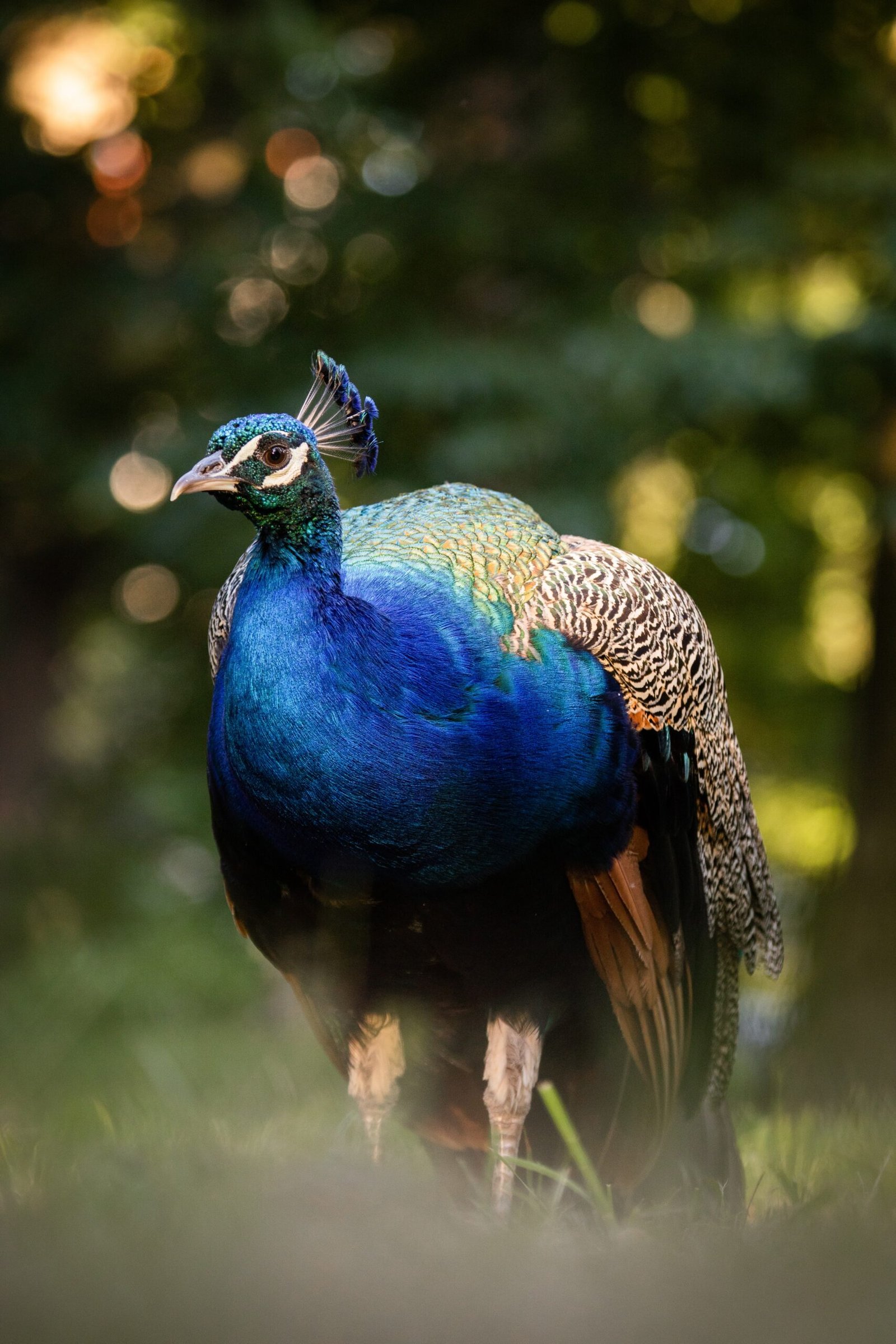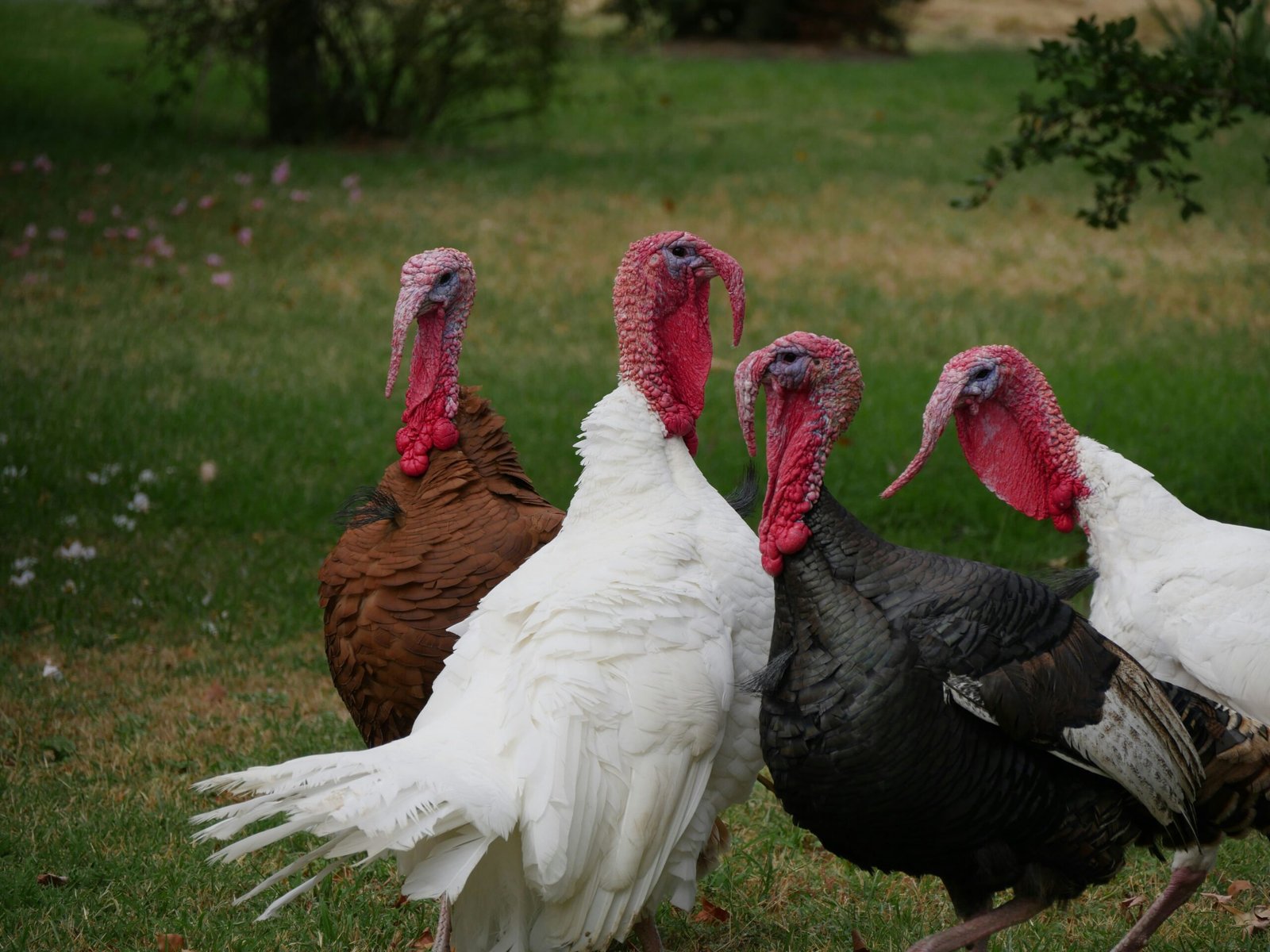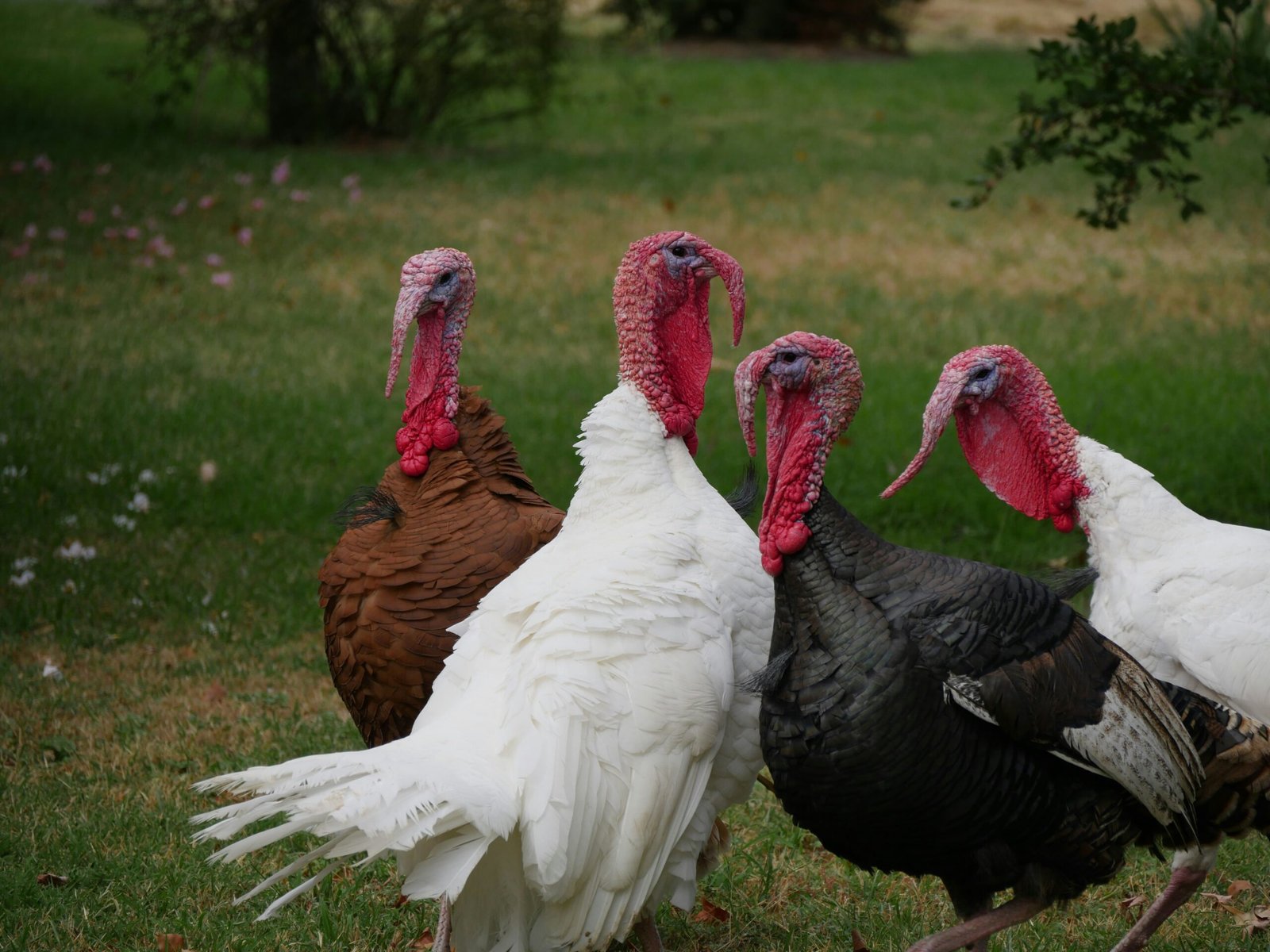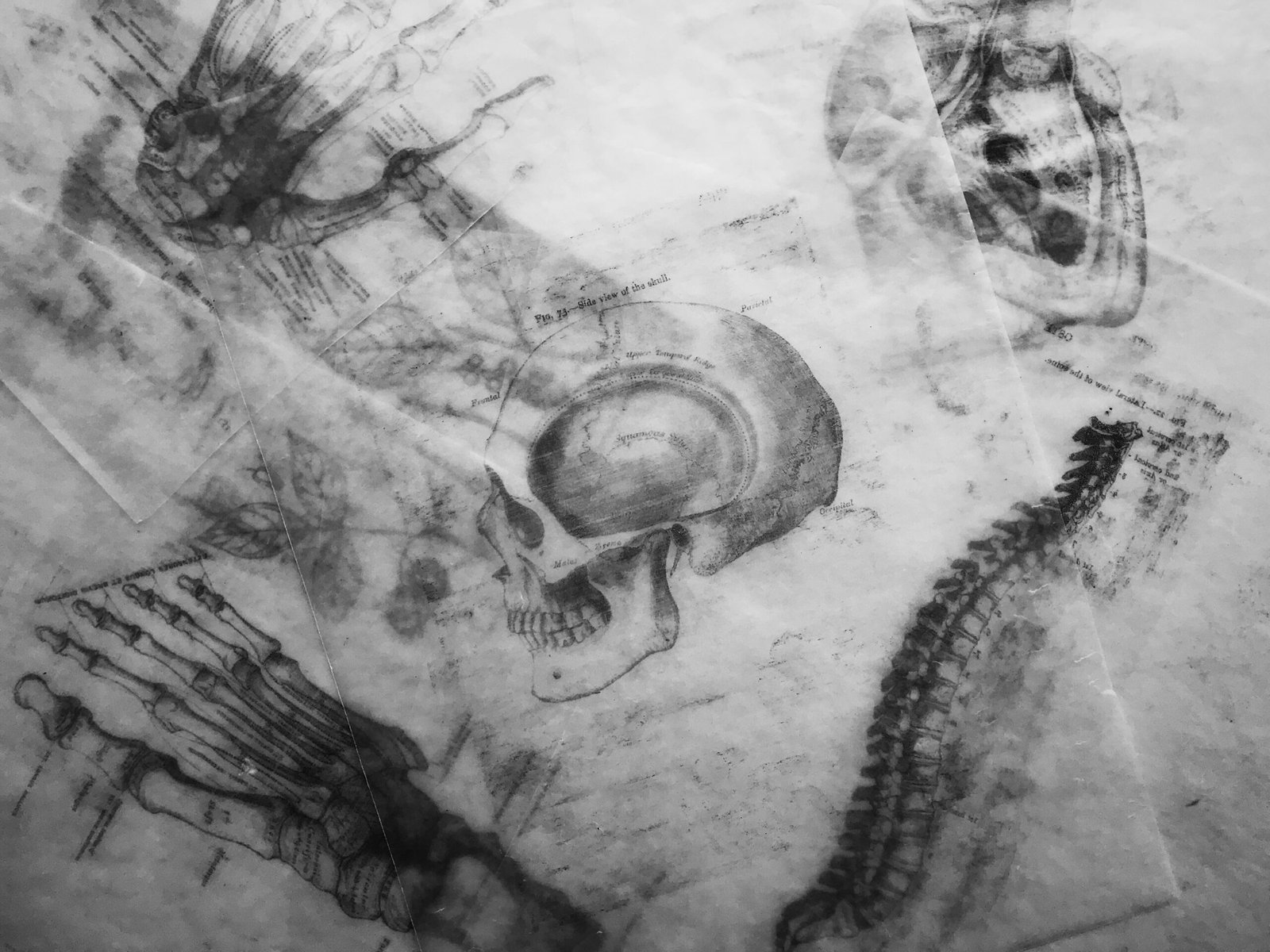Turkeyology: A Closer Look at the Fascinating Bird

Introduction
Turkeys are a fascinating species of bird that have captivated humans for centuries. From their unique appearance to their interesting behavior, there is much to learn about these feathered creatures. In this blog post, we will delve into the world of turkeyology and explore the various aspects of these magnificent birds.
The Anatomy of a Turkey
One of the first things that come to mind when thinking about turkeys is their distinct appearance. Turkeys are large birds with long legs and a round body covered in feathers. They have a bald head with a fleshy protuberance called a snood, which can change color depending on the turkey’s mood. Both male and female turkeys have a fleshy growth called a wattle that hangs from the base of their beak.
Another unique feature of turkeys is their fan-shaped tail, which consists of long, colorful feathers. The male turkey, known as a tom, uses his tail to attract females during courtship displays. These displays involve puffing up their feathers, spreading their tail, and making a variety of vocalizations.
Turkey Behavior
Turkeys are highly social birds that live in flocks. They have a complex social hierarchy, with dominant males known as toms leading the group. Toms engage in elaborate displays to establish dominance and attract mates.
During the breeding season, toms will strut, puff out their feathers, and emit a deep gobbling sound to signal their presence to females. Female turkeys, called hens, are responsible for building nests and incubating the eggs. They are also the primary caregivers for the poults, which are the young turkeys.
Turkeys are omnivorous, meaning they eat both plants and small animals. Their diet consists of seeds, nuts, berries, insects, and occasionally small reptiles or amphibians. They have a unique adaptation called a crop, which is an expandable pouch in their esophagus where food is stored before being digested.
Turkey Conservation
Over the years, turkeys have faced various challenges, including habitat loss and hunting. However, conservation efforts have helped to increase their populations in many areas. Organizations like the National Wild Turkey Federation have worked to restore turkey habitats and implement sustainable hunting practices.
Turkeys are not only important for their ecological role but also for their cultural significance. They have become a symbol of Thanksgiving in the United States, where roasted turkey is a traditional dish during the holiday. In Native American cultures, turkeys have long been revered for their feathers, which are used in ceremonies and rituals.
Conclusion
Turkeys are truly remarkable birds that have captured our imagination for centuries. From their unique appearance to their intriguing behavior, there is much to appreciate about these feathered creatures. By understanding more about turkeyology, we can develop a deeper appreciation for the natural world and the diverse species that inhabit it.




